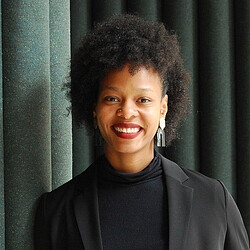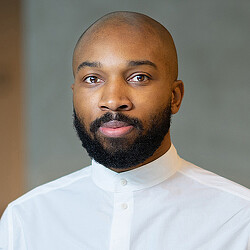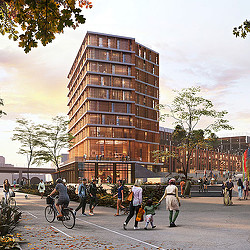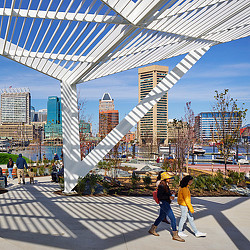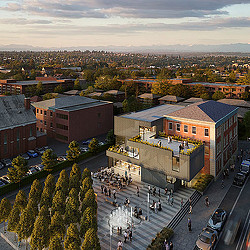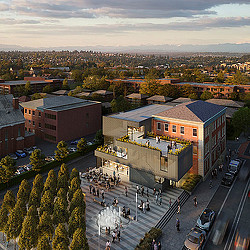The Future Is Now:
How We Can Design for a Minority-Majority in the United States
Experts share key considerations for creating equitable, inclusive cities and communities before 2045.
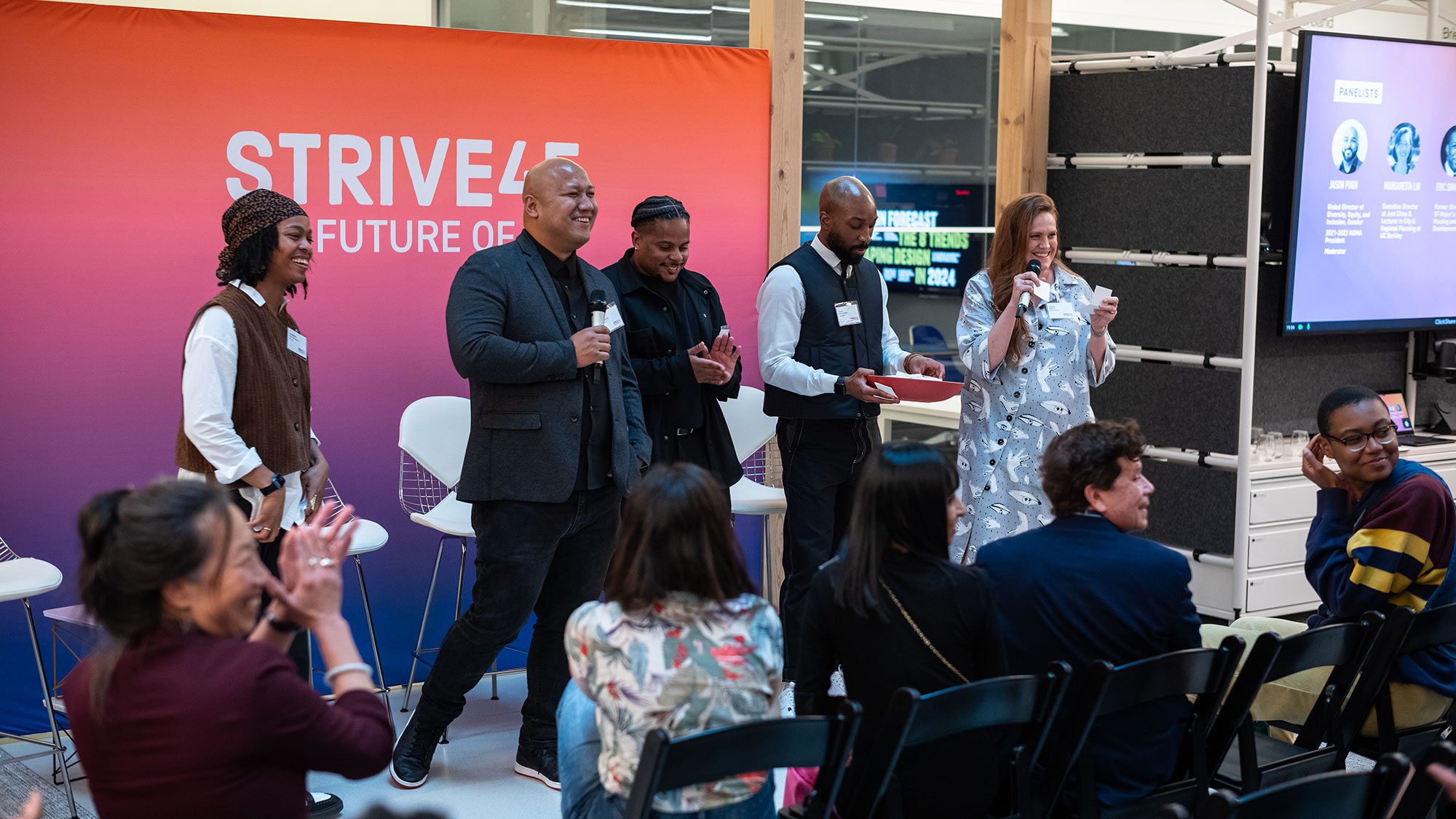
The U.S. Census projects that the year 2045 will mark a demographic turning point in the country, one in which people of color will surpass the historically non-Hispanic white population majority. We’re already seeing similar demographic shifts here in the San Francisco Bay Area, where, between 2000 and 2020, the white population dropped from 50% to 36% of all residents in the nine-county region.
In a part of the country that has long been touted as one of, if not the most diverse, people of color continue to be disproportionately impacted by the region’s high cost of living and housing crisis, among other factors. But this marked shift in population makeup sets the stage for a massive wave of changes that heavily influence major urban challenges in the Bay Area, not only touching wage and housing disparity but also higher education, emerging technology, workplace design, policy, and more.
How are we preparing to meet the needs of the most impacted in this new future? As designers shaping the built environment, we have a key role to play in addressing challenges that people of color in the Bay Area face while bracing for the social, economic, and culture impact this demographic change will bring.
Gensler has a longstanding commitment to inclusive design and fighting systemic racism, which helps lay the groundwork for this impending reality. Our Five Strategies to Fight Racism, for instance, outlines key efforts we prioritize to make positive and lasting change in our firm, our industry, our client relationships, and the cities where we live, work, and play — but we recognize there is always more we can be doing.
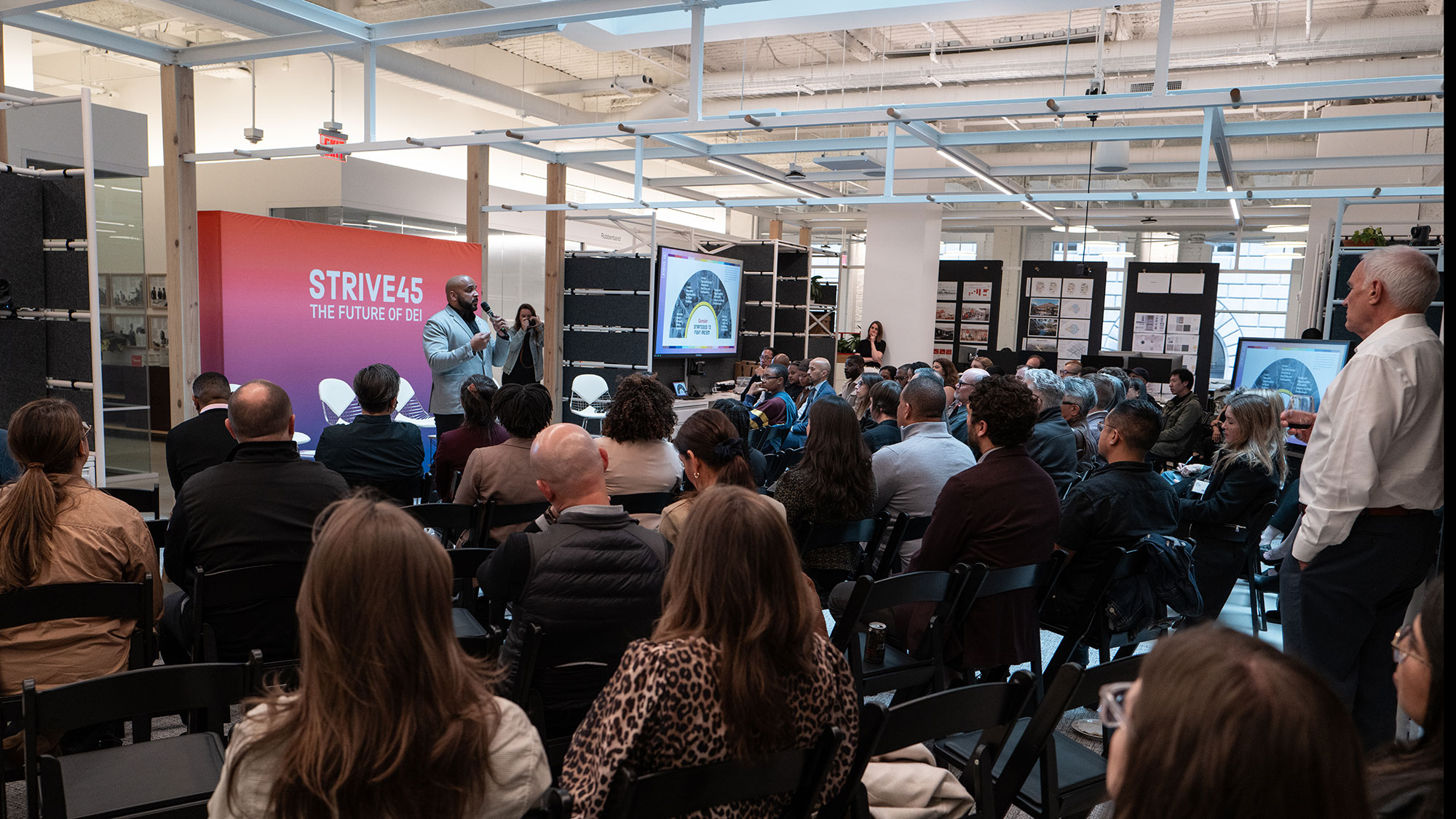
We recently held an event in our San Francisco office, “Strive 45: The Future of DEI,” where we invited local subject matter experts for a discussion, moderated by Jason Pugh, Gensler’s Global Director of Diversity, Equity & Inclusion, about the minority-majority shift and how cross-industry collaboration will be key in building a more accessible Bay Area before 2045 arrives. Here are some of the key takeaways:
Building Diversity From the Top
In many ways, getting progressive change off the ground begins with creating diverse workforces that are invested in advancing the expertise and perspectives of people who historically have been underserved and undervalued, said keynote speaker Alfred Fraijo Jr., principal at Somos Group. “The creation of wealth in this country has been driven by people of color, who are often systematically deprived of the value of their work,” he said.
Data shows a clear pattern of exclusion among Black, Asian, and Latino workers. Per a 2023 report from Pew Research Center, 41% of Black workers say that at some point they have experienced discrimination or been treated unfairly by an employer in hiring, pay, or promotions because of their race or ethnicity, followed by 25% of Asian workers, 20% of Hispanic/Latino workers, and just 8% of white workers. This inequal representation is clearly reflected in the leadership demographics of many top companies.
As DEI initiatives across the country are under attack, it’s imperative that we establish social equity goals and challenge the status quo. Creating a more inclusive culture starts by building a more diverse pipeline of talent that will ultimately shape the next generation of leaders.
Structural Injustices and Private Sector Accountability Among the Bay Area’s Biggest Urban Challenges
While the Bay Area has no shortage of urban challenges, panelists by and large agreed the largest are structure and sector specific. “A continuation of structural injustices that have always existed are now exacerbated a million-fold by the tech tsunami,” said Margaretta Lin, executive director at Just Cities.
Lin believes that the housing shortage in the Bay Area is not just a result of new tech workers moving here but is largely a structural issue that has yet to be addressed by truly transformative policies. Singapore, for example, is one of the most capitalistic nations in the world yet has little homelessness. “Reform would require us to do the most simple, common-sense things,” Lin said. “We lack imagination when it comes to the needs of low-income communities of color.”
Enrique Lopezlira, director of the Low-Wage Work Program at UC Berkeley, pointed to worker power vs. corporation power as a real struggle that needs to be recognized. “One of the biggest urban challenges is power imbalance and combatting incentives to hold onto power,” he said, adding that “the public sector was largely responsible for getting us out of the pandemic, and the private sector doesn’t have the wherewithal to get us out of issues like this.”
Eric Shaw, former director of the San Francisco Mayor’s Office of Housing and Community Development, echoed this sentiment. “We haven’t forced the private sector to use their tools to think of a larger audience.” Greater accountability, panelists agreed, would be key in driving significant change in the region.
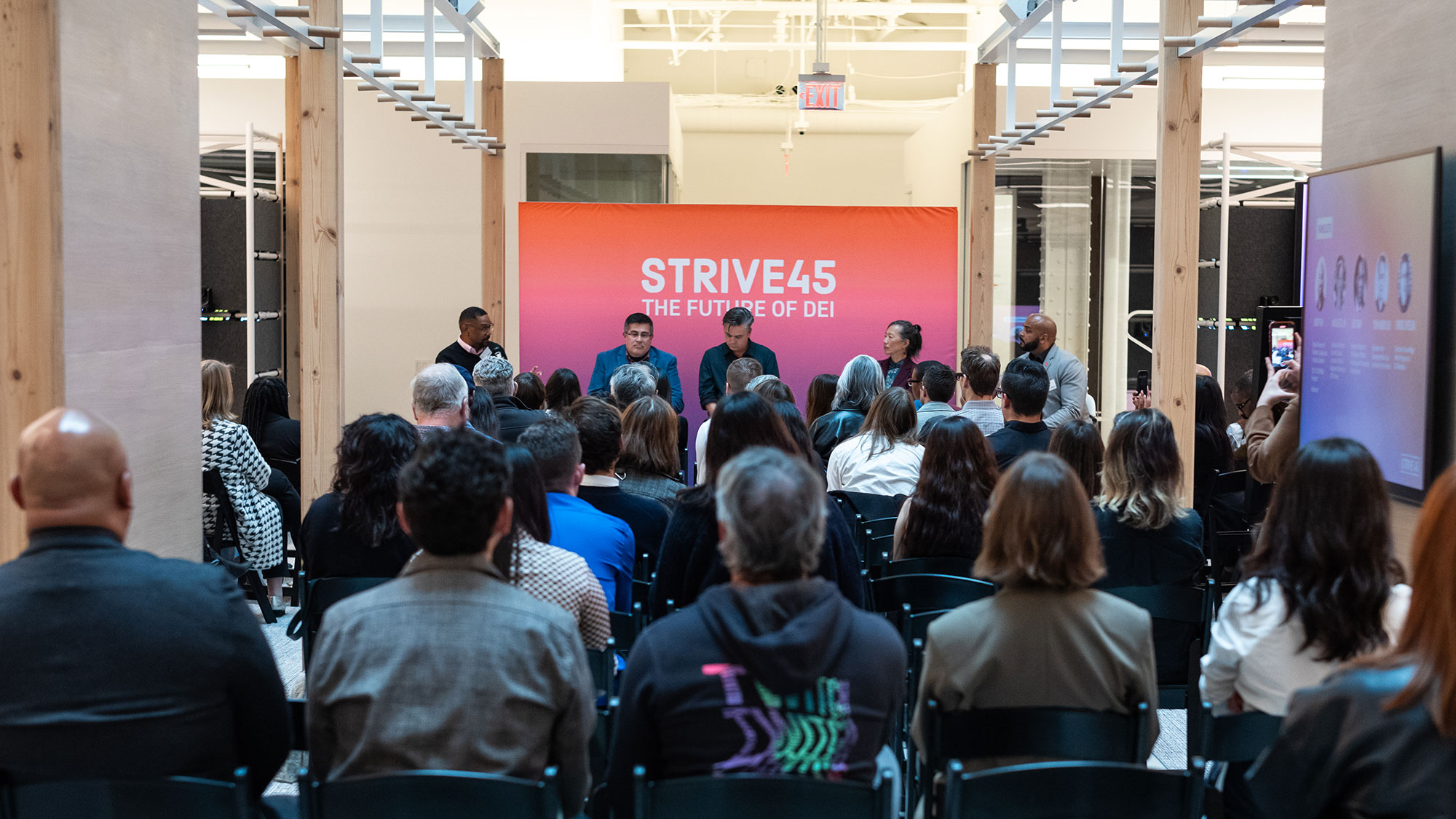
Room for Improvement in Development
The panelists agreed that housing policy and a lack of diverse typologies and communities are among the major development decisions that have led the Bay Area to where it is now.
The ways in which cities are designed have, in part, led to the displacement of many residents. “There is rhetoric around how the design community is telling people how they think they should live, and not fully listening to what’s needed and/or being asked for,” Shaw said. For instance, in his time with the mayor’s office, Shaw saw a real desire for residences with features like yards and garages; instead, alternative solutions like public parks positioned as “front yards” were offered, showing a disregard for the original ask. He pointed to this example as one that could be among many factors causing residents to be displaced or push them to move out of the Bay Area.
Imagination and Representation Will Be Key to an Inclusive Future
Creating an equitable future will not be easy for many reasons, though two primary factors emerged in the panel discussion: the need to think outside the box and the need for greater representation.
“The biggest challenge to change is imagination — both individual and collective,” said Toshi Anders Hoo, director of the Emerging Media Lab at the Institute for the Future. As we imagine the future with technology like AI, we should define it with a focus on creating a model and accounting for how it can be updated, which will have a ripple effect on how we design and build cities of the future, Anders Hoo said.
That change will also be spurred by the power of representation. “There’s not a lot of space for marginalized people to be involved in the design of cities,” Shaw said. Our future will be shaped by leveraging a range of thoughts and perspectives, particularly when it comes to advocacy and decision-making.
The Top 4 Responsibilities of Our Industry
In closing, each panelist shared their thoughts on the key obligations that architects, designers and our clients have in creating environments that serve the needs of all:
- Lead With Humanity
“Human proximity is the road to caring,” Lin said. “If we’re not in proximity with each other, we have privilege to not care about the life and status and humanity of other people.” Before the planning and development stages begin, everyone involved should do a racial equity impact analysis.
- Defaults Matter
People often don’t think to change defaults, but it’s crucial to do so. As we think about the changes we want, it’s important to consider people beyond just those who will occupy a building or space. “Strategically design the defaults and make them applicable to a broad community,” Lopezlira said.
- Tell the Whole Story
“Whatever story your client is telling, let them tell it, but also include other voices,” Shaw said, reiterating that projects often are used in different ways by different communities. “People of color deserve to feel that they belong in the Bay Area. The more you tell another story about the utility of your creation, the more people will find it welcoming and accessible.”
- Think About Things as Systems
“Design is creativity within constraints,” Anders Hoo said, meaning new strategies will require complex approaches and solutions. It matters who is in the room, and ensuring a diversity of thought is present will push our industry to introduce new mechanisms for bolstering equity and inclusivity.
A Brighter Bay Area
The Bay Area has work to do to ensure equity for all, and a key starting point is the way our cities and spaces are designed. With these demographic shifts on the horizon, every sector can do their part to create places that are attainable for and representative of everyone who lives here. Time is of the essence, and our collective work must begin now to achieve this vision of the future.
For media inquiries, email .

